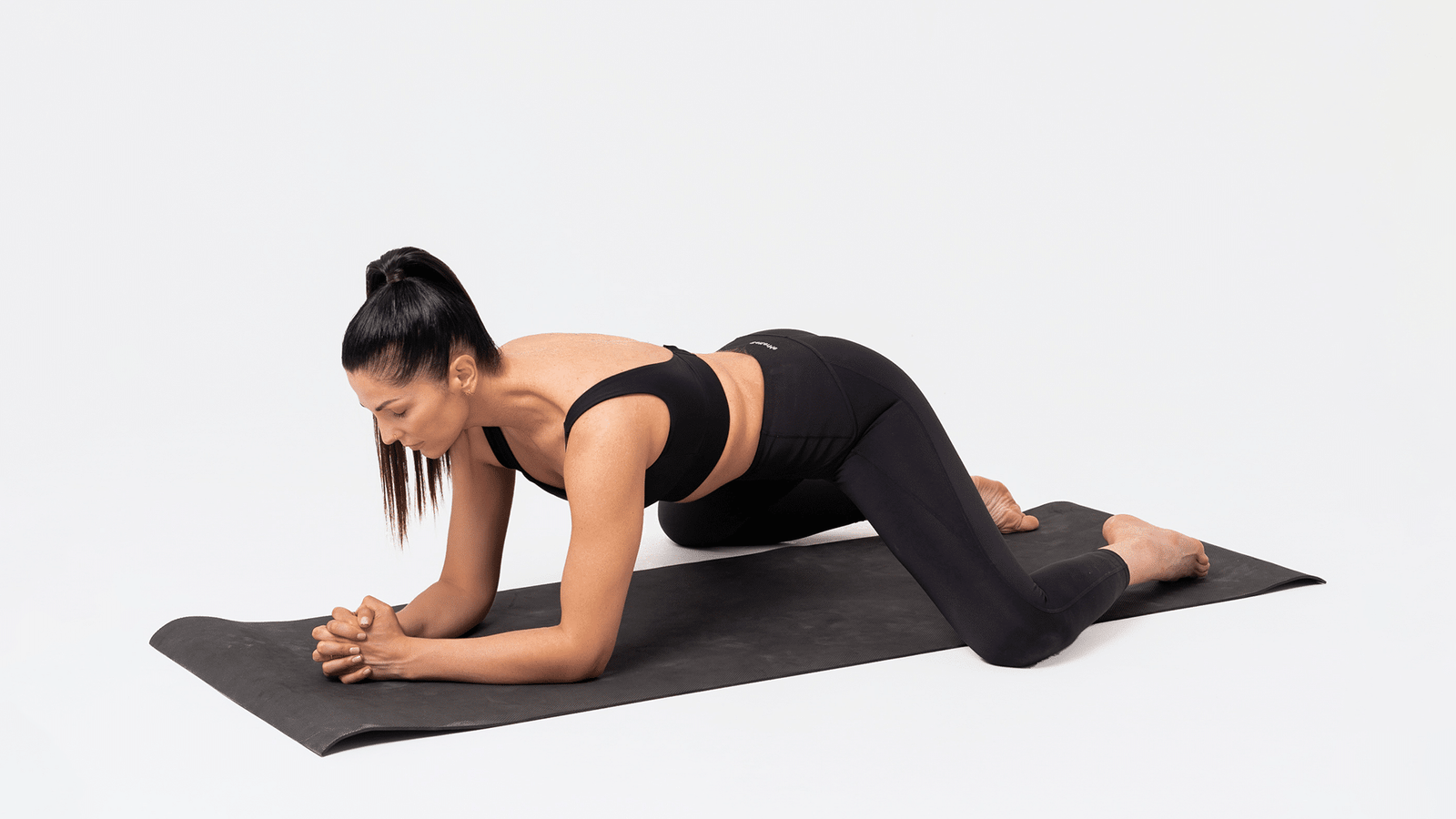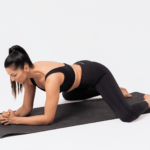Are you tired of feeling sore after your workouts or struggling with burnout? There’s an alternative approach that could change the way you move and feel: somatic exercises. While traditional workouts have been the go-to method for building strength and fitness for decades, somatic exercises offer a different perspective—one that focuses on the connection between the body and mind.
If you’ve ever wondered whether somatic exercises could benefit you, or if you’re unsure how they differ from your regular gym sessions, this blog post will break it all down.
What’s the Buzz About Somatic Exercises?
We live in a world that often prioritizes intensity and results when it comes to exercise. Go harder, faster, stronger—it’s all about pushing your limits. But what if the key to feeling better in your body isn’t about exhausting yourself through repetitive movements or adding more weight to the bar?
Somatic exercises offer a refreshing contrast. Instead of focusing on external goals like building muscle or burning calories, they emphasize self-awareness, body connection, and internal sensations. In a world full of high-intensity workouts, somatic exercises have become a game changer for those seeking more mindful and holistic movement.
Understanding the Key Differences
What Are Traditional Workouts?
Traditional workouts, such as gym sessions, weightlifting, running, and group fitness classes, are all about measurable outcomes. These exercises typically involve repetitive, structured movements aimed at building strength, stamina, or endurance. The focus is on external metrics like muscle mass, calorie burn, and performance.
The benefits of traditional workouts are well-known:
- Muscle Strength: Building lean muscle and toning your body.
- Cardiovascular Health: Improving heart and lung function through activities like running, cycling, or HIIT.
- Endurance & Stamina: Pushing your body to its physical limits, often resulting in increased performance over time.
But these benefits often come at a cost—soreness, tension, or even injury due to improper form or overexertion. Many people find that traditional workouts can lead to burnout or discomfort, especially if they’re not aligned with the body’s natural movement patterns.
What Are Somatic Exercises?
Somatic exercises, on the other hand, focus on internal body awareness, movement quality, and releasing tension. Derived from the word “soma,” which means “the body as perceived from within,” somatic practices like Feldenkrais, Alexander Technique, and Body-Mind Centering encourage mindful movement to help you reconnect with your body in a deeper, more intuitive way.
Key features of somatic exercises include:
- Mind-Body Awareness: Encouraging you to tune into sensations, breathing, and alignment.
- Gentle Movement: Focused on slow, deliberate motions that help release tension and encourage relaxation.
- Holistic Health: Aiming to restore balance and comfort within the body, rather than solely focusing on strength or endurance.
Unlike traditional workouts, somatic exercises aim to improve how you move through everyday life, focusing on the quality of movement rather than external metrics.
Why You Should Consider Somatic Exercises
- Reconnect with Your BodyTraditional workouts often focus on “pushing through” discomfort, but somatic exercises are all about learning to move more comfortably. By listening to your body, somatic practices help you uncover areas of tension and tightness you may not have even realized were there. This deep awareness can improve your posture, flexibility, and overall sense of well-being.
- Reduce Pain and TensionSomatic exercises are particularly beneficial for those suffering from chronic pain or discomfort. If you’ve been dealing with recurring neck pain, lower back issues, or tight shoulders, somatic movement can help release that tension and promote long-term relief. These exercises teach you how to move in ways that are gentle and restorative, rather than overexerting the muscles or pushing your body too hard.
- Stress Relief and RelaxationIf you find traditional workouts often leave you more stressed than energized, somatic exercises might be the answer. Since somatic practices encourage mindful movement and deep breathing, they’re excellent for reducing the stress response in the body. This makes somatic exercises a great option if you’re looking to manage anxiety, depression, or even just daily stress.
- A Better Understanding of Your Own Movement PatternsThrough somatic exercises, you’ll begin to notice how your body moves—and how it may be compensating or misaligned. Whether you’re a runner with knee pain or someone who has developed poor posture from years of sitting at a desk, somatic exercises can help you address imbalances and make subtle, lasting improvements.
How to Get Started with Somatic Exercises
You might be asking yourself: How do I get started with somatic exercises? The good news is that you don’t need to overhaul your entire fitness routine to experience the benefits. Here’s how you can begin:
- Start with Simple Movements: Try basic somatic movements like gentle stretching, breathing exercises, or pelvic tilts. These can be done in the comfort of your home or in a quiet space.
- Consider a Class or Workshop: Many somatic practices offer classes or workshops, either in-person or online. Look for those in Feldenkrais, Alexander Technique, or other somatic movement methods.
- Practice Mindfulness: During your regular workout, bring mindfulness into your movements. Focus on how your body feels during exercises, and experiment with moving more slowly or gently.
- Combine With Traditional Workouts: You don’t have to choose between somatic exercises and traditional workouts. In fact, many people find that incorporating somatic principles into their regular fitness routine helps prevent injury, improve form, and make their workouts more effective.
So, which is better: somatic exercises or traditional workouts? The answer depends on your goals, preferences, and where you’re at in your body’s journey. Traditional workouts are great for building strength, endurance, and fitness, but somatic exercises can help enhance your mind-body connection, release tension, and restore balance.
If you’re feeling fatigued, stressed, or simply want to cultivate more awareness in your movement, somatic exercises might be just the practice you need. But if you’re looking to build muscle or improve your cardiovascular health, traditional workouts are still a solid choice.
The key is finding a balance that works for you—whether that means combining both approaches or fully embracing one. Try somatic exercises today and see how they change the way you move, feel, and live!




